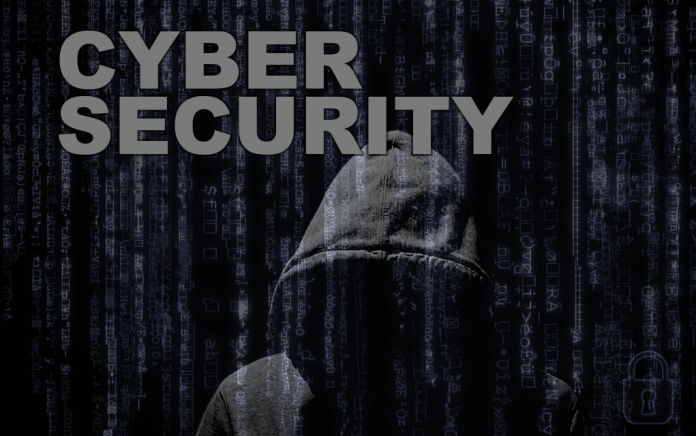In an increasingly digital world, cybersecurity threats have become more prevalent and complex, posing significant challenges to individuals and organizations alike. Understanding these threats and implementing strategies to mitigate their risks is vital for maintaining the integrity, confidentiality, and availability of our digital resources.
The Risks
One of the most insidious threats is social engineering, whereby attackers manipulate individuals into revealing sensitive information. Third-party exposure represents another serious threat, as attackers may exploit vulnerabilities in third-party software or hardware to gain unauthorized access to your systems. Configuration mistakes and poor cyber hygiene can make systems easier targets for attackers, demonstrating the importance of regular system audits and ongoing cybersecurity awareness training.
Cloud and mobile device vulnerabilities, along with Internet of Things (IoT) exploits can also present significant security risks. Then, there’s ransomware, a form of malware that encrypts a victim’s files, with the attacker then demanding a ransom to restore access. Poor data management can lead to data breaches, while inadequate post-attack procedures can exacerbate the impacts of a cybersecurity incident.
Staying Safe on the Go
Many of us browse the Internet on the go. From accessing social media, news, email and entertainment on personal devices to using tools, systems and networks for remote work, it’s essential to prioritize security wherever you are. More people work remotely than ever before. Using personal devices and traveling around can make you more vulnerable to cybercrime, especially if you use unsecure networks and share personal data. One way to lower risks is to use a VPN, or virtual private network. If you download VPN Pro, you can surf safely on the move, protecting your data and devices while you work and travel. There are additional benefits to VPNs, including gaining access to content that may not be accessible in your region. If you enjoy traveling or you’re a fan of movies, TV and watching sports, for example, this will be music to your ears. You can expand your options and view programs and events that wouldn’t normally be available in your location.
In addition to using a VPN, it’s also crucial to avoid unsecure networks and websites and to make sure you log out if you’re using shared devices.
Mitigating The Threats
Luckily, there are several proactive measures you can take to minimize these risks. First and foremost, conduct regular training and awareness programs for your staff to help them recognize and avoid threats like social engineering and phishing attacks. Implement strong access control measures, including multi-factor authentication, and regularly update and patch your systems.
When dealing with third-party vendors, ensure they follow stringent cybersecurity practices before integrating their solutions into your network. Regular audits of your security configurations can help detect and rectify mistakes that could leave you vulnerable. It’s also crucial to practice good cyber hygiene, like regularly updating software, backing up data, and using strong, unique passwords.
For cloud and mobile security, consider using encrypted connections, and enforce strict access controls. With IoT, make sure to change default passwords and regularly update your devices. To protect against ransomware, maintain a regular backup of your data, and keep your systems and antivirus software up-to-date. Proper data management practices, like encryption and secure disposal, can protect sensitive information, while a well-planned incident response plan can minimize the impact and downtime of a cyber attack.
Remember, cybersecurity is not a one-time task but an ongoing process. Staying informed about the latest threats and best practices is crucial in this ever-evolving landscape. Stay safe out there!



